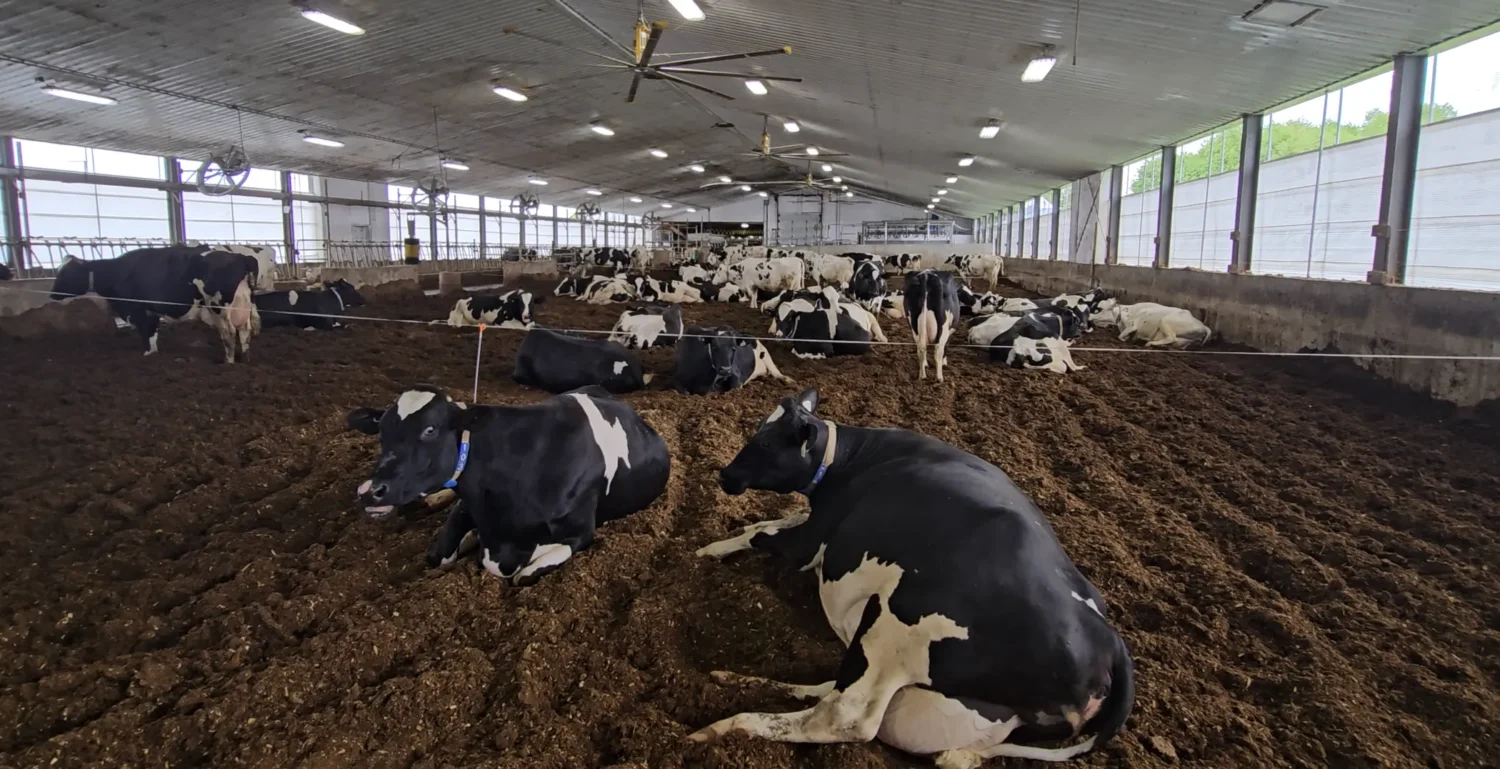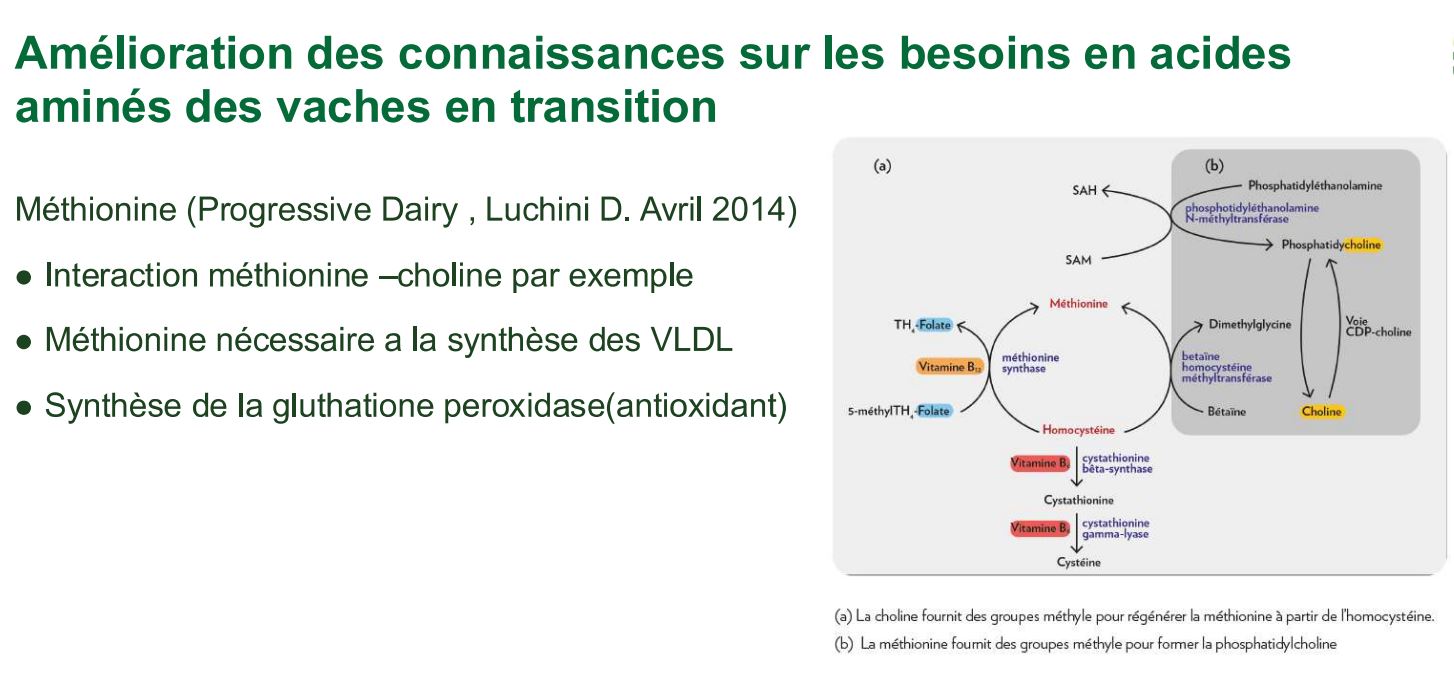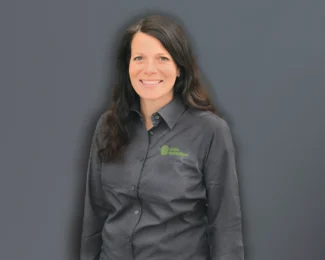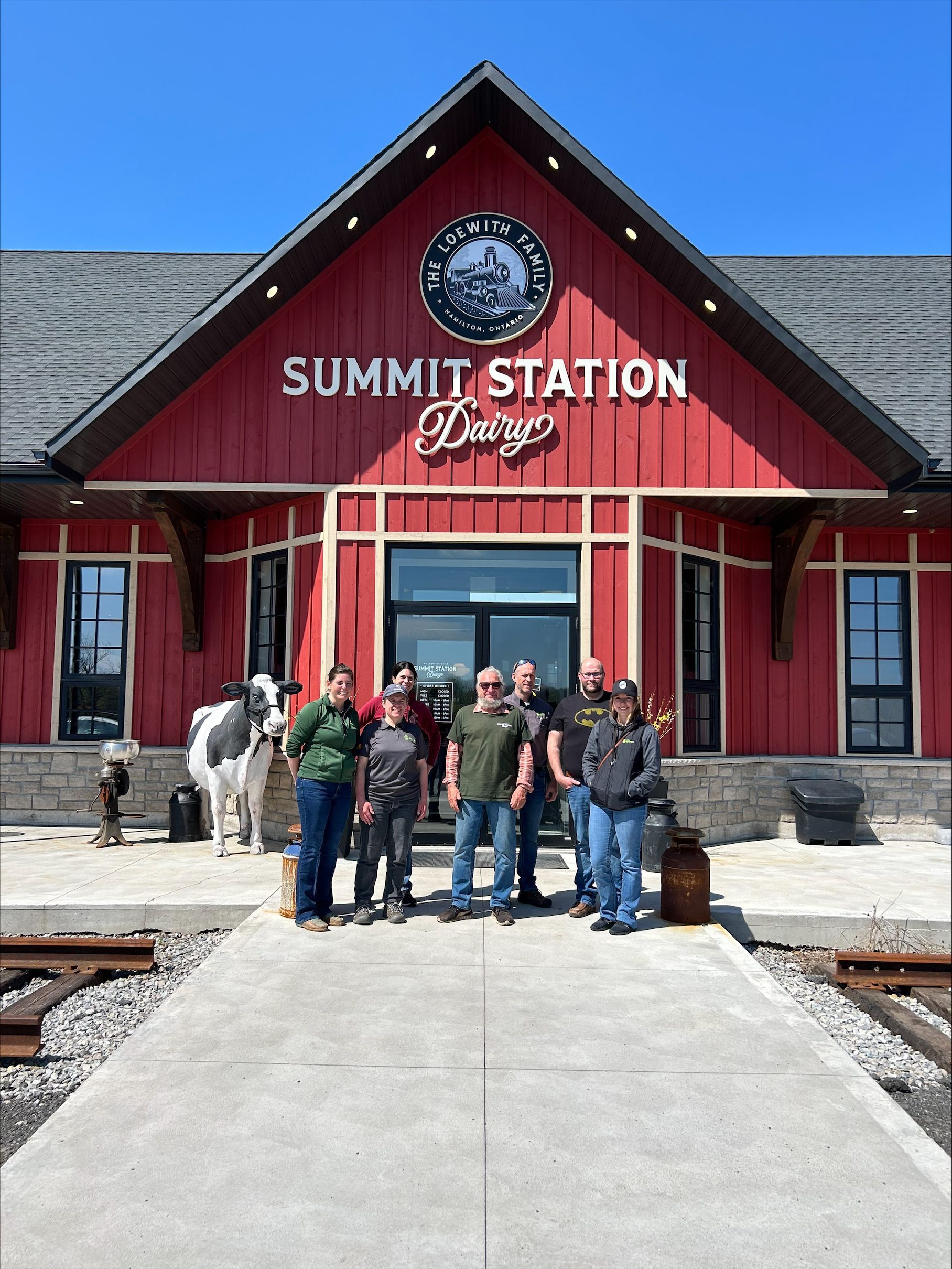
Optimizing Transition for Superior Dairy Production
The transition phase is critical for initiating productive and sustainable lactation. While many strategies have been explored to optimize this crucial period, liver health stands out as one of the key pillars of success.
Main Nutritional Levers During Transition
- Starch: Gradually increase fermentable carbohydrates to prepare the rumen.
- Metabolizable Protein: Support fetal growth and milk production.
- Protected Methionine: Boost liver metabolism and milk yield.
- Organic Selenium: Strengthen immunity and colostrum quality.
- Vitamins (niacin, choline): Essential for energy metabolism and liver function*.
- Calcium: Prevent milk fever.
*Why Focus on Liver Health? During the transition, the liver must process an influx of mobilized fat, manage increased energy demands, and support immunity. Its health is therefore key to preventing metabolic disorders (such as ketosis or displaced abomasum) and achieving optimal milk production peaks.
Sollio Agriculture’s Strategies for a Successful Transition
At Sollio Agriculture, we’ve integrated all these elements directly into our transition programs (Transilac and Transimil). There’s no need to look elsewhere or add costly supplements: our solutions already meet the liver and metabolic needs of your cows.
Our formulations include:
- Organic minerals (Mn, Cu, Zn, Co)
- Organic selenium
- Hepatoprotective additives (Php, LP, LY-P)
- Yeasts
- Anionic salts
- Vitamin B & C, Polyphenols and antioxidants
- Anti-stress and metabolic modulators
Focus on Our Hepatoprotective Concepts
- The Php Concept: a liver protector that includes protected methionine, positively impacting liver metabolism.

- The LP Concept: Liver Protector combines protected methionine and choline. Choline plays a critical role in lipid metabolism and preventing fat accumulation in the liver by ensuring proper lipid transport and reducing ketone body production. Because free choline is rapidly broken down in the rumen, protected choline is used. Studies show that protected choline reduces BHB levels (a ketone body) and lowers incidences of metritis, mastitis, and retained placenta.
The study below mainly highlights a reduction in BHB (a ketone body) and a decrease in the incidence of metritis, mastitis, and retention with the use of vitamin B and choline.

This demonstrates how choline helps the liver effectively metabolize mobilized fats during periods of negative energy balance, supporting better performance in cows.
The Key Role of Niacin and Protected Choline
- Protected Choline: Essential for lipid metabolism. A better choline status often translates to higher milk fat production and lower BHB production. Studies show protected choline also significantly reduces displaced abomasum and metritis.
- Niacin: A key energy metabolism component, essential for two major coenzymes involved in countless biochemical reactions. It helps reduce liver fat, enhance energy metabolism for high-producing cows, and mitigate heat stress. Although produced naturally by rumen microbes, niacin production can fall short during peak demand, making supplementation a smart strategy.
Transilac 911: A Strategic Tool
For years, Transilac 911, enriched with choline and niacin, has been used to promote efficient liver fatty acid metabolism. It’s particularly recommended for cows with higher body condition scores at dry-off. During the transition to lactation, cows naturally lose body mass and mobilize fat reserves, sending lipids to the liver. If excessive, this can overwhelm the liver, impair feed intake, and compromise performance.
Stabilizing Body Condition for a Successful Transition
A cow’s body condition at calving is the cornerstone of a smooth metabolic transition. An overly fat cow is more at risk for liver overload, while an under-conditioned cow lacks the reserves to meet the demands of lactation. The goal is to find that “metabolic comfort zone” for a solid start to lactation.
Limiting weight gain during the dry period prevents unnecessary liver fat buildup and ensures cows adapt without drawing too heavily on their reserves. After calving, rapid and sufficient feed intake is critical to prevent energy deficits and the cascade of problems that can follow. Strategic nutrients like choline, niacin, and liver protectants—already built into Sollio Agriculture’s transition programs—act as silent guardians of this fragile balance.
Our Practical Recommendations:
- Limit weight gain during the dry period
- Encourage rapid intake post-calving
- Rely on strategic nutrients already included in Transilac and Transimil formulations
Welfare and Environment: Essential to Unlock Full Potential
A successful transition is more than just feeding—it’s also a reflection of the cow’s comfort and overall well-being. The environment plays a crucial role and must be managed with care.
Cows need space. Target 80% stocking density, with clean, well-ventilated housing and comfortable stalls. Separating first-lactation heifers from mature cows reduces social pressure and fosters calm. Let cows acclimate to pens before calving, minimize pen moves, and manage density to create an environment that unlocks each cow’s full potential.
Airflow matters, too! A summer breeze of 7 km/h isn’t a luxury—it’s a shield against heat stress that drains energy even when cows aren’t producing milk.
Recommended Parameters:
- Stocking density: Max 100% (120 sq. ft./cow), ideally 80% (150 sq. ft.)
- Feed bunk space: 30 in./cow
- Water access: At least 4 in./cow
- Comfort: Cleanliness, bedding management
- Ventilation: 7 km/h airflow in summer
Conclusion: An Integrated Approach for Transition Success
All studies agree: liver health is a key factor during the transition. That’s why our solutions are enriched with specific additives to protect and optimize liver function. Our transition solutions, Transilac and Transimil, already contain all the key nutrients. No need for costly extra supplements: the essentials are in the ration.
But liver health alone isn’t a magic bullet. Transition success depends on an integrated approach: balanced nutrition, top-notch welfare, and an environment that honors the cow’s needs. Every detail matters—from pen cleanliness and ventilation to stress reduction and comfort.
At Uniag Cooperative and Sollio Agriculture, we believe that only this integrated approach—combining advanced nutrition, a stress-managed environment, and unwavering cow comfort—can unlock the full potential of your herd.
👉 Talk to your advisor to design a program that blends performance, welfare, and liver health—your winning recipe for a successful transition!

